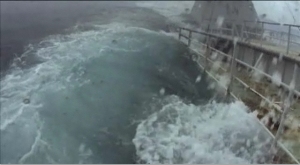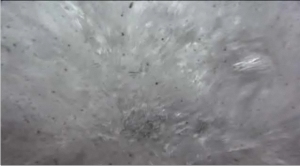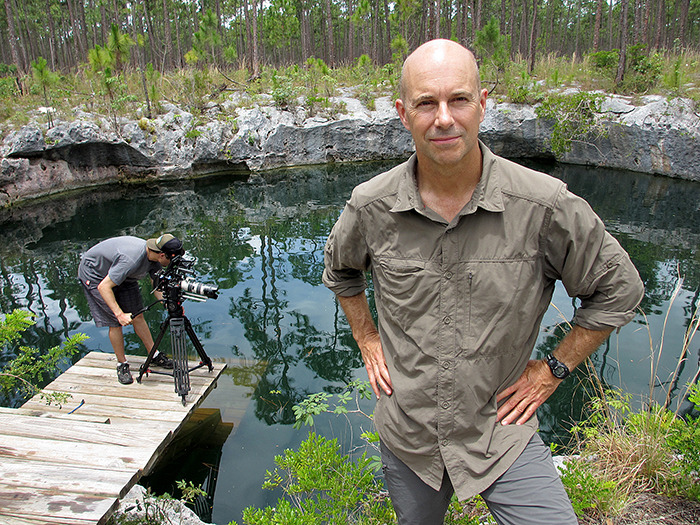As we prep to shoot our first 3D documentary, I’ve focused on nailing down our A, B and C cam systems.
Score is zero for three, so far – the A cam requires lenses that may not exist anywhere on earth, we’re still debating which cameras to use for the B cam system (though the Sony EX1/EX3 duo looks promising), and we’ve shot some time lapse stills with the C cam system, but still need to test this duo Canon 5D system for shooting footage.
So I’m embracing our lukewarm successes by adding another mission to the mix:
3D HD implosion cams …18 of them.
Let’s call them our V cam and M cam systems – lettering inspired by the camera brands, this time.
These cameras will capture POV and perimeter shots of the explosive demolition series, Blowdown, piece de resistance – the implosion.
In this case, the lenses will be locked on various points of a sports stadium in Salvador, Brazil, as Controlled Demolition Inc. takes it down with explosives.
As you can imagine, these cameras will take serious a beating – riding the building down, sitting in the centre of the field as the stadium crashes to the earth, etc.
For these POVs, we’re going with six (three pairs) of Canon Vixia HF 10s – the V cam systems.
These little cameras have survived the ultimate Parallax Film Productions 2D challenge – riding the Hoyt S. Vandenberg, now the second-largest artificial reef in the world, some 30 metres from the surface to the ocean floor when the vessel was sunk off the coast of Florida in May 2009.
I’ve thrown in a few screen grabs of the ride – watch the full episode trailer here.

Six Vixia 10s in our custom-built underwater housings went down – six solid-state, high-capacity SDHD cards survived, and we recovered all of the footage.
Because this system is flash-based, its memory is relatively robust.
For our intents and purposes, this means they have a better chance of surviving massive vibrations and debris that come with the massive implosions we cover. No tape heads to fall off, no moving mechanical parts to malfunction.

These three pairs will be mounted on small rails with a 74 mm interaxial distance.
Our M cam systems will also be placed at strategic places throughout the implosion perimeter to capture key demolition engineering story points (and, of course, rocking, gratuitous destruction).
For this, we’ll need 12 (six pairs) of Canon Vixia HF M31s.
And so the great camera recruitment continues … Double trouble, to be sure.

